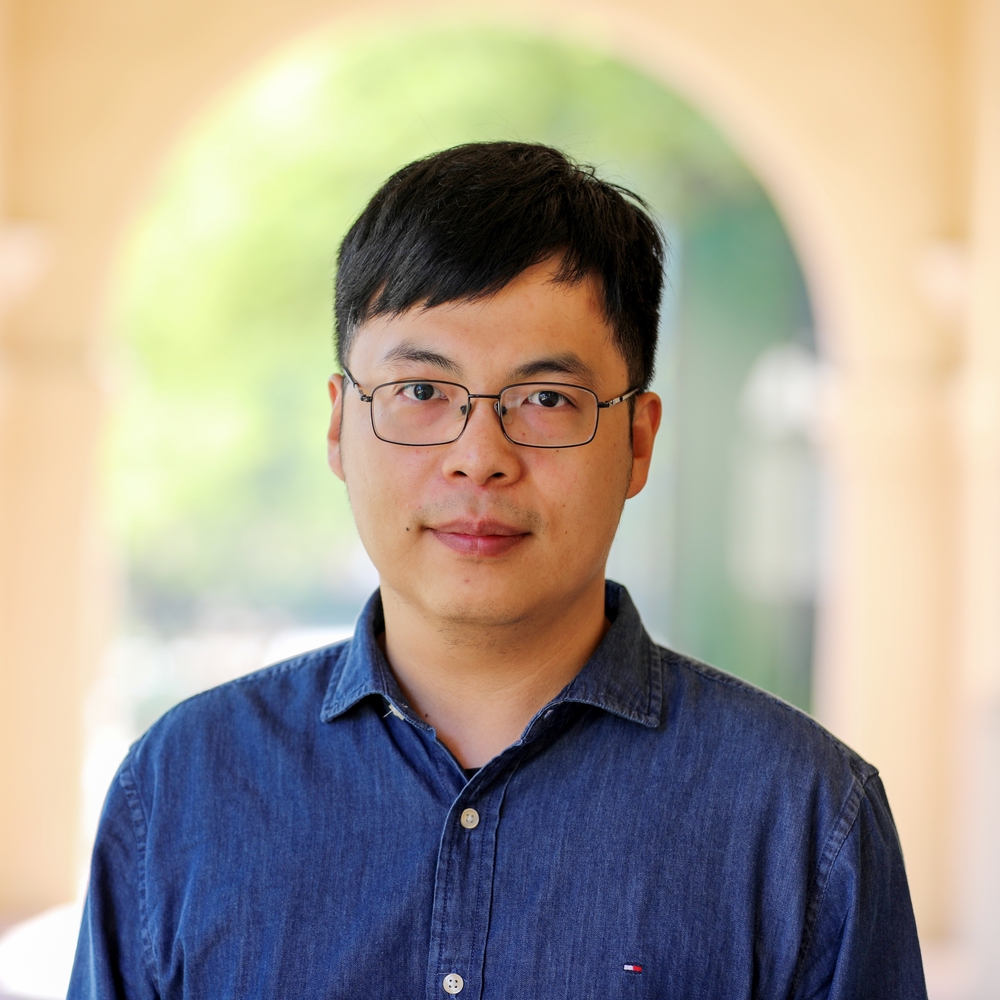Abstract
Wavefront shaping (WFS) is emerging as a promising tool for controlling and focusing light in complex scattering media. The shaping system’s speed, the energy gain of the corrected wavefronts and the control degrees of freedom are the most important metrics for WFS, especially for highly scattering and dynamic samples. Despite recent advances, current methods suffer from trade-offs that limit satisfactory performance to only one or two of these metrics. Here we report a WFS technique that simultaneously achieves high speed, high energy gain and high control degrees of freedom. By combining photorefractive crystal-based analogue optical phase conjugation and stimulated emission light amplification, our technique achieves an energy gain approaching unity; that is, more than three orders of magnitude larger than conventional analogue optical phase conjugation. The response time of ~10 μs with about 106 control modes corresponds to an average mode time of about 0.01 ns per mode, which is more than 50 times quicker than some of the fastest WFS systems so far. We anticipate that this technique will be instrumental in overcoming the optical diffusion limit in photonics and translate WFS techniques to real-world applications.
Publication
Nature Photonics, vol. 17, no. 2, pp. 1-9

Assistant Professor of ECEE and BME
I am an Assistant Professor of Electrical, Computer & Energy Engineering (ECEE) and Biomedical Engineering (BME) at the University of Colorado Boulder (CU Boulder). My long-term research goal is to pioneer optical imaging technologies that surpass current limits in speed, accuracy, and accessibility, advancing translational research. With a foundation in electrical engineering, particularly in biomedical imaging and optics, my PhD work at the University of Notre Dame focused on advancing multiphoton fluorescence lifetime imaging microscopy and super-resolution microscopy, significantly reducing image generation time and cost. I developed an analog signal processing method that enables real-time streaming of fluorescence intensity and lifetime data, and created the first Poisson-Gaussian denoising dataset to benchmark image denoising algorithms for high-quality, real-time applications in biomedical research. As a postdoc at the California Institute of Technology (Caltech), my research expanded to include pioneering photoacoustic imaging techniques, enabling noninvasive and rapid imaging of hemodynamics in humans. In the realm of quantum imaging, I developed innovative techniques utilizing spatial and polarization entangled photon pairs, overcoming challenges such as poor signal-to-noise ratios and low resolvable pixel counts. Additionally, I advanced ultrafast imaging methods for visualizing passive current flows in myelinated axons and electromagnetic pulses in dielectrics. My research is currently funded by the National Institutes of Health (NIH) K99/R00 Pathway to Independence Award.